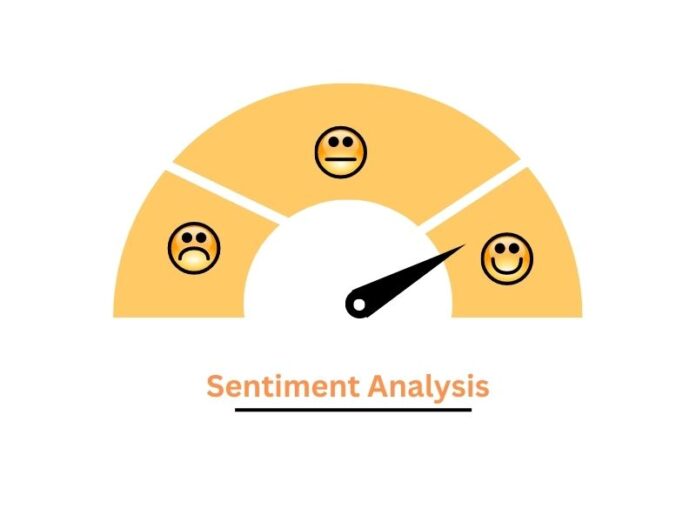Do you know sentiment analysis and opinion mining have become an crucial part in brand building? It enhances the product marketing and user experience for both businesses and consumers. This article tells about what is sentiment analysis and how to best leverage it.
Today, Understanding the mechanism of decision making is imperative and to understand that, brands should focus on the feedbacks and reviews of the customers. Several factors influence decision making like past experience, cognitive biases, age and individual differences etc.
Understanding these factors can leads to the good marketing strategies and ultimately in good business results. Sentiment Analysis is a technique used to analyze the words expresses in various kinds of sentiments that may be positive, negative, strong, or weak.
Natural Language Processing (NLP) allows machines to identify emotions through words of human language. Using sentiment analysis or opinion mining, subjective information can be extracted from text data. A text is subjected to an emotion-based analysis to find out if it is positive, negative, or neutral.
Sentiment analysis often used by businesses to understand the customers emotions through social media monitoring, where brands gauge sentiment in social data and understand about the emotions.
What is Natural Language Processing (NLP)?
An Natural Language Processing (NLP) is the machine learning technology that determines data’s positivity, negativity, or neutrality is sentiment analysis. It gives computers the ability to define the data and automatically manipulate natural language, like speech and text.
Approach of Sentiment Analysis
Social Media is the powerful place today to research and practice in improving the brand reputation. It is increasingly important and holds different approached to analyze the sentiment.
One common approach is to use a pre-labelled dataset. Sentiment analysis tools use pre-labeled data sets from different sources, these data sets are large number of text samples and have already been labelled as either positive, negative, or neutral.
The sentiment analysis can be done with various methods, including rule-based, machine-learning, and deep-learning approaches. Machine learning methods learn from labelled data through supervised or unsupervised algorithms, while rule-based methods use predefined rules and dictionaries to identify sentiment.
The neural network architecture is used by deep learning methods to learn from large datasets. There is a vast potential for sentiment analysis to revolutionise the way businesses understand and respond to customers’ sentiments in business, marketing, and politics.
- Rule-based: In this approach, specific words and phrases are categorized into positive, negative, or neutral categories using rules or dictionaries. The positive, negative, and neutral words are counted for each piece of text, and their total number is used to determine the overall sentiment.
- Machine learning: An approach which utilizes a large dataset of labelled text is used to train a machine learning model that identifies whether the text is positive, negative, or neutral. As a result, a new, unseen text can be classified by the model using the training data.
- Deep learning: This approach involves using deep neural networks to analyse text. Deep learning models can learn to identify patterns and relationships in the text that may be difficult for humans to discern, allowing them to achieve higher levels of accuracy in sentiment analysis.
Challenges to sentiment analysis
- Context: The sentiment of a word or phrase can change based on the context in which it is used. For example, the word “good” can be positive when used to describe a product but negative when used to describe a situation.
- Sarcasm: Sarcasm can be difficult for a machine to detect, as it involves saying the opposite of what one means.
- Subjectivity: The interpretation of sentiment can vary from person to person. What one person may consider positive can be negative for another person.
Conclusion
Sentiment analysis is essential for analyzing large amounts of text to understand people’s opinions and attitudes. Various contexts, including market research and customer service, can benefit from it, and it helps organizations make better decisions.
Businesses and organizations can use sentiment analysis to understand how customers or the general public perceive their products or services despite challenges associated with it. Additionally, it can be used to monitor and analyze public opinion on a particular topic.
















































